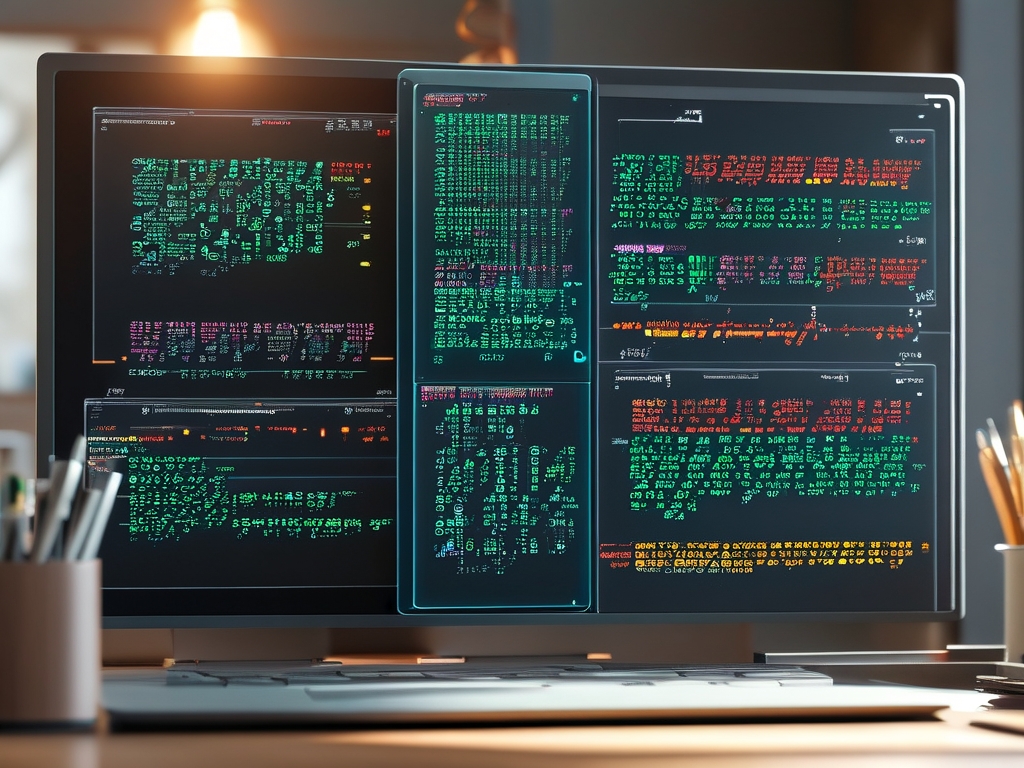Understanding how to calculate program memory overhead is critical for developers aiming to build efficient software. This article explores practical methods to quantify memory consumption while addressing common pitfalls in measurement processes.
Fundamentals of Memory Allocation
Programs utilize memory in two primary forms: static and dynamic. Static memory allocation occurs during compilation and includes fixed elements like global variables. Dynamic allocation, managed at runtime through functions like malloc() or new, introduces variability that complicates overhead estimation. For example:
int global_var; // Static allocation
void func() {
int* ptr = (int*)malloc(100 * sizeof(int)); // Dynamic allocation
}
Key Calculation Approaches
-
Static Analysis Tools
Compilers and linkers often provide memory mapping reports. Tools like GNUsizedisplay section-wise memory distribution:size target_executable
This outputs text, data, and bss segment sizes. While useful for base measurements, static analysis ignores runtime behavior.
-
Runtime Profiling
Dynamic memory tracking requires instrumentation. The Valgrind suite's Massif tool generates heap usage snapshots:valgrind --tool=massif ./your_program
Massif outputs peak memory consumption and allocation timelines, ideal for identifying leaks or inefficient patterns.
-
Language-Specific Metrics
Managed languages like Java expose memory statistics via APIs:
Runtime runtime = Runtime.getRuntime(); long usedMemory = runtime.totalMemory() - runtime.freeMemory();
Python's
memory_profilermodule offers line-by-line tracking:@profile def calculate(): data = [n**2 for n in range(10000)]
Case Study: Embedded Systems Constraints
Consider a microcontroller application with 128KB RAM. Developers must account for:
- Stack overflow risks
- Heap fragmentation
- Peripheral buffer reservations
A practical approach combines static linker scripts with runtime guard zones:#pragma location = 0x20004000 uint8_t buffer[512]; // Explicit placement
Common Misconceptions
- Myth 1: "Freeing memory always reduces overhead."
Fragmented heaps may retain unusable blocks despite deallocations. - Myth 2: "Cache usage doesn't affect memory calculations."
While CPU caches aren't counted in RAM metrics, poor locality forces frequent reloads, indirectly increasing memory bus contention.
Optimization Strategies
-
Pool Allocation
Pre-allocating object pools eliminates allocation latency and fragmentation:ObjectPool<Texture> texturePool(100); Texture* t = texturePool.acquire();
-
Memory Compression
Techniques like delta encoding in data-heavy applications can reduce footprint by 40-60%:
compressed = [current - prev for prev, current in zip(data[:-1], data[1:])
-
Garbage Collection Tuning
For languages with automatic memory management, adjusting GC parameters prevents untimely pauses:// JVM flags -XX:MaxGCPauseMillis=20 -XX:G1NewSizePercent=30
Emerging Trends
Recent advancements include:
- ML-driven memory predictors that analyze usage patterns
- WASM linear memory models for web applications
- Hardware-assisted memory tagging (ARM MTE)
Developers should validate measurements across multiple scenarios, including edge cases and stress tests. A 2023 study revealed that 68% of performance-critical applications underestimate peak memory needs by at least 25%, leading to runtime failures.
By combining static analysis, runtime profiling, and strategic optimizations, teams can achieve precise memory overhead calculations while maintaining system stability. Always verify results against actual deployment environments, as simulator-based measurements often diverge from real-world behavior.








